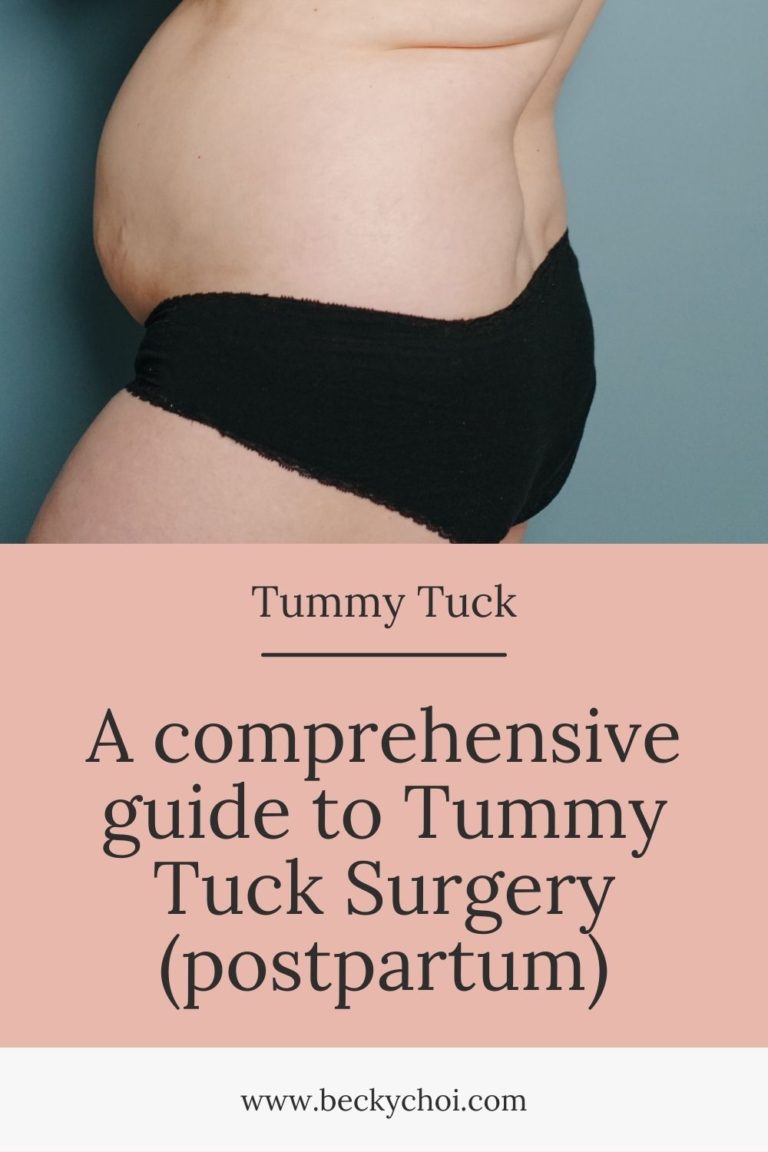Considering Tummy Tuck Surgery for Diastasis Recti: A Comprehensive Guide
Discovering that you have diastasis recti (DR), a condition characterized by the separation of abdominal muscles, can be disheartening. Many women wonder about the available treatment options, with one potential solution being tummy tuck surgery.
In this blog post, we will delve into the considerations surrounding tummy tuck surgery for diastasis recti, exploring the reasons why someone might choose this route and discussing important factors to keep in mind when making this decision.
Understanding Tummy Tuck Surgery:
When initially learning about tummy tuck surgery for diastasis recti, it’s crucial to recognize that the information provided is based on past knowledge. Medical technology may have evolved since then, potentially offering less invasive alternatives. Therefore, it’s essential to consult with a surgeon to obtain accurate and up-to-date information if you are considering this procedure.
Reasons for Choosing Surgery:
Dissatisfaction with Physical Appearance and Mental Health: The impact of diastasis recti on a woman’s physical appearance can take a toll on her mental well-being and intimate relationships. Struggling to find clothes that fit properly, experiencing discomfort when hugging loved ones, and facing inquiries about pregnancy can be emotionally challenging. Surgery may help alleviate these concerns, enhancing both body image and self-confidence.
Limited Progress despite Other Efforts: For some women, despite working with physiotherapists and dedicated diastasis recti fitness specialists, progress in healing the condition may be slow or nonexistent. Healing diastasis recti naturally can take a considerable amount of time, often ranging from one to two years. However, if circumstances require a faster resolution, surgery can accelerate the process, especially for individuals whose work or athletic activities demand significant core strength.
Preventing Future Health Issues: Addressing diastasis recti surgically may be necessary when an underlying problem poses potential risks to one’s health. Ignoring the condition could lead to further complications, such as spinal issues. In such cases, the surgical repair of diastasis recti becomes a preventive measure to safeguard long-term health.
Considerations for Tummy Tuck Surgery:
Addressing the Root Cause: It is important to note that tummy tuck surgery does not address the underlying issue of weakened core muscles, which contribute to diastasis recti. While surgery can offer aesthetic improvements, building core strength is essential for long-term recovery and management of core pressure.
Cost: Tummy tuck surgery is a significant financial investment, typically ranging from $5,000 to $15,000 USD. The severity of diastasis recti and the potential need for additional hernia repairs can affect the overall cost. It is vital to research whether your region’s insurance coverage includes severe cases or considers the procedure as cosmetic surgery.
Weight Loss Considerations: For individuals who have already achieved their ideal weight or do not plan to lose weight in the near future, tummy tuck surgery can provide certain advantages. While it can tighten muscles and reduce loose skin, it does not address belly fat.
Managing Expectations: It is essential to have realistic expectations regarding post-surgical outcomes. The appearance of the abdomen after surgery may differ from the pre-pregnancy state, depending on factors such as stitching techniques, incision placement, and the presence of an umbilical hernia. Consult with your surgeon to gain a clear understanding of how the procedure will be tailored to your specific condition.
Family Planning: If you intend to have more children in the future, it is crucial to consider the implications of tummy tuck surgery. Pregnancy can cause the mesh used during the surgery to shift or become compromised, potentially necessitating further interventions. Therefore, it is advisable to complete your family before opting for this procedure.
Recovery and Potential Complications: Tummy tuck surgery involves a lengthy recovery period, typically ranging from two to three months. Initially, the first few weeks can be particularly challenging, requiring bed rest and limiting daily activities. Childcare arrangements should be made, and it’s important to be aware that infections can prolong the recovery process. In some cases, additional follow-up surgeries may be necessary.
Surgery is not your only option
Considering tummy tuck surgery as a solution for diastasis recti requires careful thought and consideration. It is essential to weigh the pros and cons, keeping in mind individual goals, financial considerations, and the potential impact on future plans.
Moreover, understanding that surgery does not replace the need for core strengthening exercises is crucial for long-term recovery and maintaining overall well-being. If you are contemplating tummy tuck surgery, consult with a trusted surgeon to make an informed decision aligned with your specific circumstances.
Contrary to popular belief, surgery is not the only solution for postpartum moms with diastasis recti. While surgery may be necessary for certain medical cases or severe diastasis recti that cannot be resolved through fitness and nutrition alone, there is a viable alternative. By following a structured and guided nutrition and exercise routine specifically designed for diastasis recti, it is possible to improve core strength, close the gap, and achieve a flatter and more toned tummy.
The Tummy Warrior coaching program has witnessed remarkable transformations in over 400 clients. These moms initially had gaps ranging from 2 to 6 fingers width, with some even experiencing a gap as deep as an entire fist. This demonstrates the severity of their diastasis recti. However, through the coaching program, many of these moms have successfully healed or significantly improved their diastasis recti after about 4 months.. This was achieved through a combination of targeted exercises and a collagen-rich nutrition plan that focuses on gut healing reduces bloating.
If you’re interested in learning more about this alternative approach, I encourage you to visit www.tummywarrior.com and book a free consultation call.




